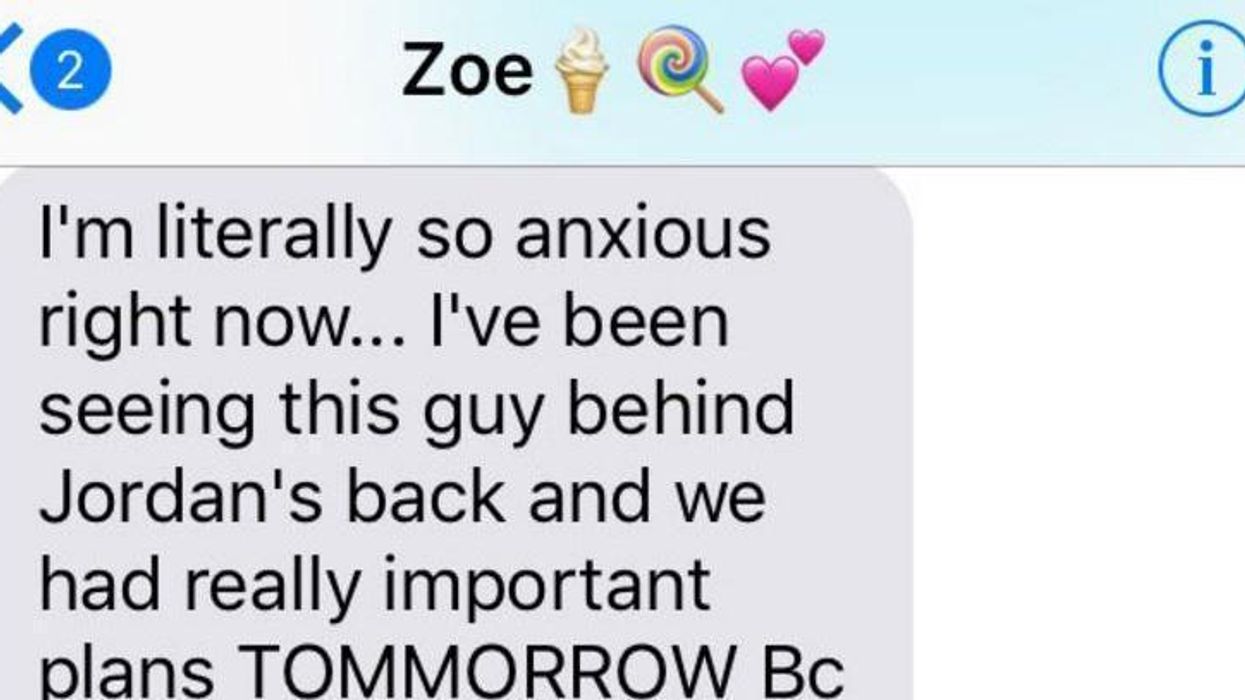News
Jessica Brown
Oct 21, 2017

It’s not always easy to tell if someone’s lying. Telltale signs include fidgeting, blushing and avoiding eye contact… But when it comes to texts it sometimes feels like we have absolutely no hope when determining the truth.
That is, until a groups of scientists went and solved the dilemma for us.
Researchers from Cornell University have reportedly found the patterns in texts that indicate if someone’s lying, after analysing 1,703 text conversations.
They separated texts telling lies from those that didn’t contain any fabrications, and analysed the word counts, gender of the texter and percentages of certain types of words.
They found that women tend to use more words when they’re lying, as well as more self-oriented words like “I” and “my”.
Women’s texts containing lies contained a average of eight words, while truthful ones were nine words long.
Texts by men proved to be a bit trickier: both truthful and deceitful tests were seven words long on average.
But both sexes tend to use more non-committal phrases, such as “probably,” “possible,” “sure,” and “maybe”.
They also found that students were particularly likely to write longer text messages when lying than non-students.
A similar study from Brigham Young University found that you also need to look out for how long it takes a person to reply. Texts containing lies took longer to write than honest ones.
To be precise, they take 10 per cent longer. And this one's even easier to spot thanks to the ellipsis in iMessage and the blue ticks of WhatsApp.
More: A Harvard psychologist explains how to tell if someone is lying to you
The Conversation (0)













